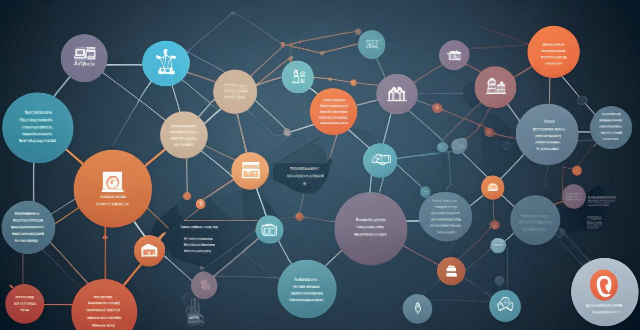The evolution of communication protocols has significantly impacted modern communication systems, transitioning from simple analog signals to complex digital networks. Early communication systems were limited in speed and reliability, but laid the foundation for future advancements. The digital revolution introduced packet switching, leading to protocols like X.25 and Frame Relay. The Internet Protocol Suite (TCP/IP) standardized communication over the internet, enabling global connectivity and applications like email and web browsing. Wireless protocols like Wi-Fi and Bluetooth allowed mobile devices to communicate without physical connections. Future developments may include 5G networks, quantum communication, and IoT protocols. Overall, the evolution of communication protocols has greatly enhanced our ability to connect and access information.

Evolution of Communication Protocols Over Time
Introduction
Communication protocols are sets of rules that govern how data is transmitted between devices over a network. They have evolved significantly over time, from simple analog systems to complex digital networks. In this article, we will explore the evolution of communication protocols and their impact on modern communication systems.
Early Communication Systems
In the early days of communication, messages were sent using analog signals such as Morse code or voice transmissions over telephone lines. These systems were limited in terms of speed, reliability, and distance covered. However, they laid the foundation for future developments in communication technology.
Digital Revolution
With the advent of digital technology, communication protocols underwent a significant transformation. The introduction of packet switching allowed data to be broken down into smaller packets, which could be transmitted independently and reassembled at the receiving end. This led to the development of protocols like X.25 and Frame Relay, which enabled faster and more reliable data transmission over long distances.
Internet Protocol Suite
The most significant advancement in communication protocols came with the development of the Internet Protocol Suite (TCP/IP). This suite of protocols provided a standardized way for devices to communicate over the internet. It included protocols like:
- Internet Protocol (IP): Responsible for sending and receiving data packets between devices on a network.
- Transmission Control Protocol (TCP): Ensures reliable delivery of data by establishing connections between devices and checking for errors during transmission.
- User Datagram Protocol (UDP): A simpler protocol that does not guarantee delivery but is faster than TCP.
These protocols revolutionized communication by enabling global connectivity and paving the way for the development of applications like email, web browsing, and file sharing.
Wireless Communication Protocols
The rise of mobile devices led to the development of wireless communication protocols like Wi-Fi (IEEE 802.11) and Bluetooth. These protocols allowed devices to communicate without physical connections, making it easier for people to stay connected while on-the-go.
Future Developments
As technology continues to evolve, we can expect further advancements in communication protocols. Some potential developments include:
- 5G Networks: Providing faster and more reliable mobile connectivity, enabling new applications like autonomous vehicles and smart cities.
- Quantum Communication: Using quantum mechanics to create secure communication channels that cannot be intercepted or tampered with.
- Internet of Things (IoT) Protocols: Designed specifically for low-power devices, enabling seamless integration of various devices into our daily lives.
Conclusion
The evolution of communication protocols has played a crucial role in shaping our modern world. From early analog systems to today's complex digital networks, these protocols have enabled us to connect with each other across great distances and access information at unprecedented speeds. As technology continues to advance, we can expect even more innovative solutions that will further enhance our ability to communicate effectively.